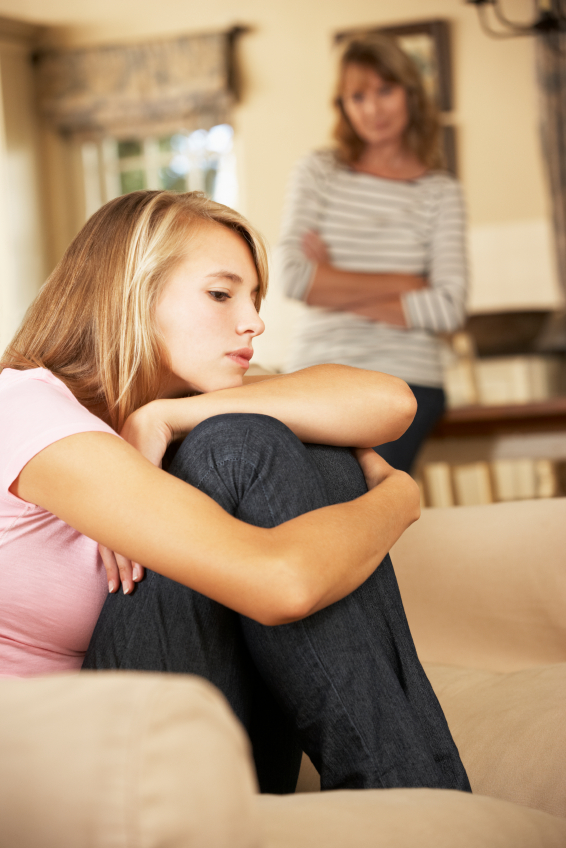Bullied children: what to do when it hits home
As a parent, one of the last things you ever want to experience is your child being bullied. "My eldest son just told me that he's being bullied by six other boys,” explains Kate, a mother of three.  “It's heart wrenching, especially knowing that he's at school without me to protect him. " Sadly, stories like Kate's are all too common. In fact, 47 per cent of Canadian parents have reported that one of their children has been a victim of bullying at some point during their childhood. Whether it is physical or emotional, the impact to children is the same: it's devastating.
“It's heart wrenching, especially knowing that he's at school without me to protect him. " Sadly, stories like Kate's are all too common. In fact, 47 per cent of Canadian parents have reported that one of their children has been a victim of bullying at some point during their childhood. Whether it is physical or emotional, the impact to children is the same: it's devastating.
The three types of bullying
It's important to stress that bullying is not about the occasional rift or spat between friends that ends up in hurtful words or a one-off shove. Rather, bullying is aggressive, sometimes relentless, behaviour that involves a power imbalance where the bully attacks its target.
There are three different kinds of bullying that are most prevalent amongst school-aged children:
Verbal: This is bullying in its simplest form and is characterized by spreading rumours, name-calling, taunting, teasing and insults. What may appear to adults as kids being kids is actually very hurtful and damaging to the child, and can cause self-esteem issues and depression.
Physical: The most obvious form of bullying involves physical violence that may or may not be visible to parents. This type of physical violation often involves hitting, shoving, spitting, punching, pinching or slapping. It not only humiliates the child and affects their confidence, but makes them fearful of attending school.
Cyber: With the ease of access to the Internet and mobile devices, cyber bullying has quickly become a prominent type of bullying, and it's sometimes difficult for parents to spot. From Facebook wall posts, to instant messages and texts, humiliation is just a click away for many bullies. Cyber bullying often involves threats, insults or name calling online. A change in your child's behaviour after he or she accesses the Internet or a mobile device may indicate a problem.
Top signs of bullying
Unless you have a child that communicates with you regularly about what may be bothering him or her, you may need to do a little digging to determine if your child is a target of bullying. Here are some things to watch out for:
- Mood changes, such as acting depressed or anxious;
- Defiant about going to school or attending school activities;
- Changes to eating and sleeping patterns;
- Lower grades;
- Emotional or moody after phone calls, texts or accessing the Internet;
- Unexplained physical injuries, such as bruises, bumps, scrapes or other skin irritations;
- Sudden changes in their social circle and social activities, indicating that they may have fewer friends;
- Lost possessions, such as electronics, jewelry or clothing.
What to do if your child is bullied
- Keep talking to your child and ask probing questions about his or her day to learn if the bullying is getting better or worse;
- Reassure your child so they know that it is not their fault;
- Report the incident(s) to your child's school and follow up;
- Consider seeking help for your child to deal with the trauma of bullying (school counsellor or mental health professional);
- If the abuse is physical or physically threatening, you may need to involve the police — find out about the laws in your community;
- Take care of yourself – seek support groups, talk to friends and family, or contact your Employee and Family Assistance Program.
Tips to help a bullied child
- Tell the bully to stop;
- Avoid the bully or walk away when approached;
- Travel in groups or use the buddy system;
- Try not to react to the bully; learn to adopt a poker face to discourage the behaviour;
- Report the bullying to teachers, parents and principals;
- Journal about the bullying so that there's a record of events;
- When possible, avoid bringing bullying triggers to school if being harassed for lunch money or material possessions.
Bullying and Canadian children
- About 33% of Canadian adolescents have reported being bullied;
- Approximately 34% of adult Canadians experienced bullying during their school years;
- Girls are more likely to be bullied on the Internet than boys;
- 16% of high school students (grades 9-12) were bullied online in the past year.
